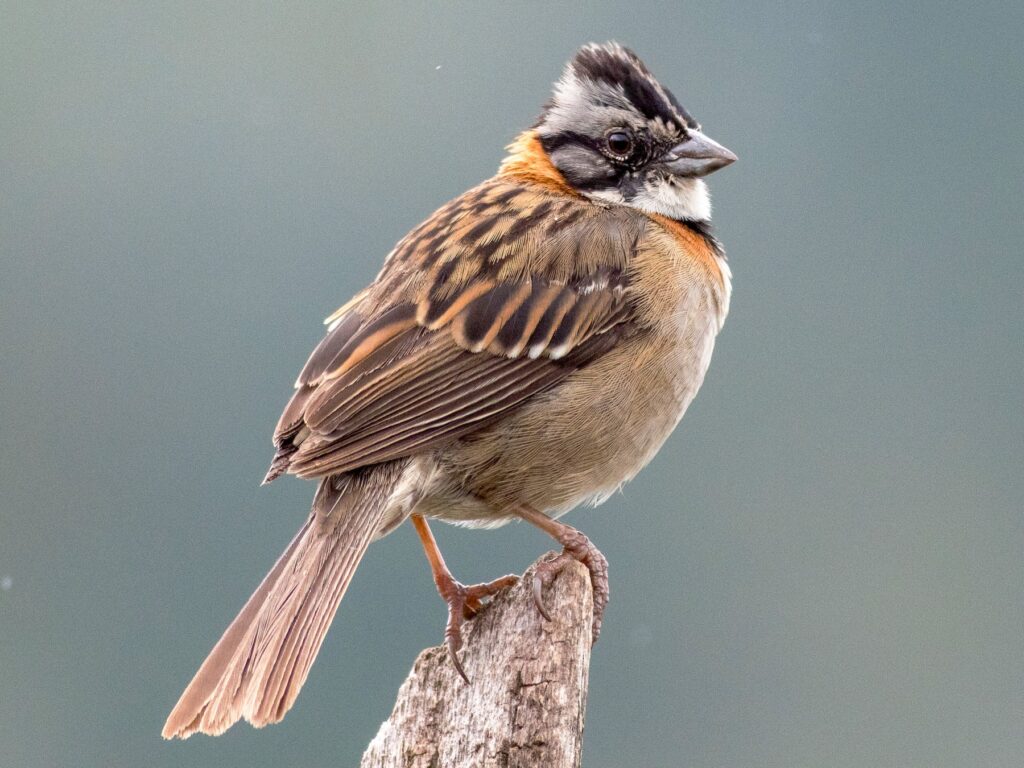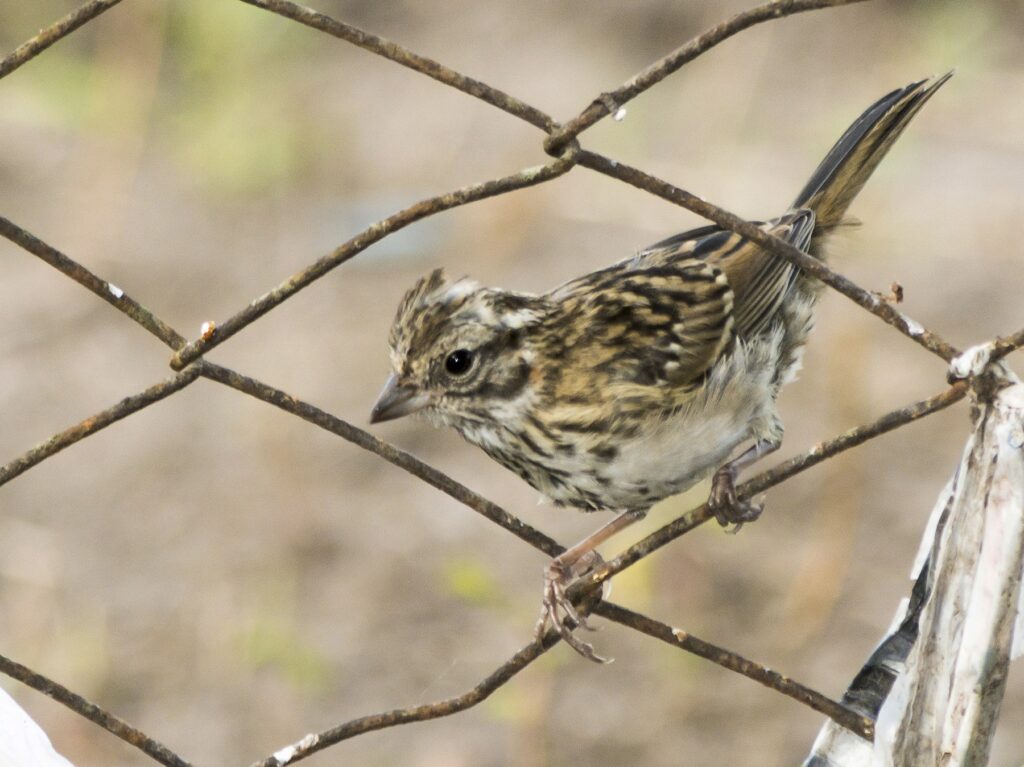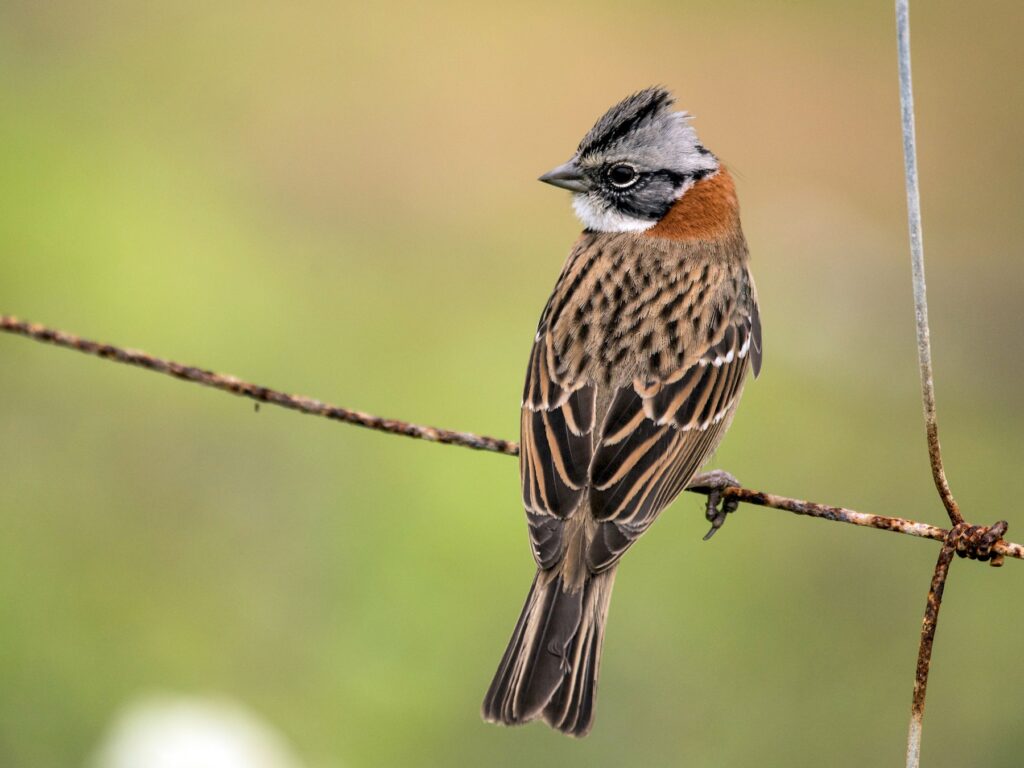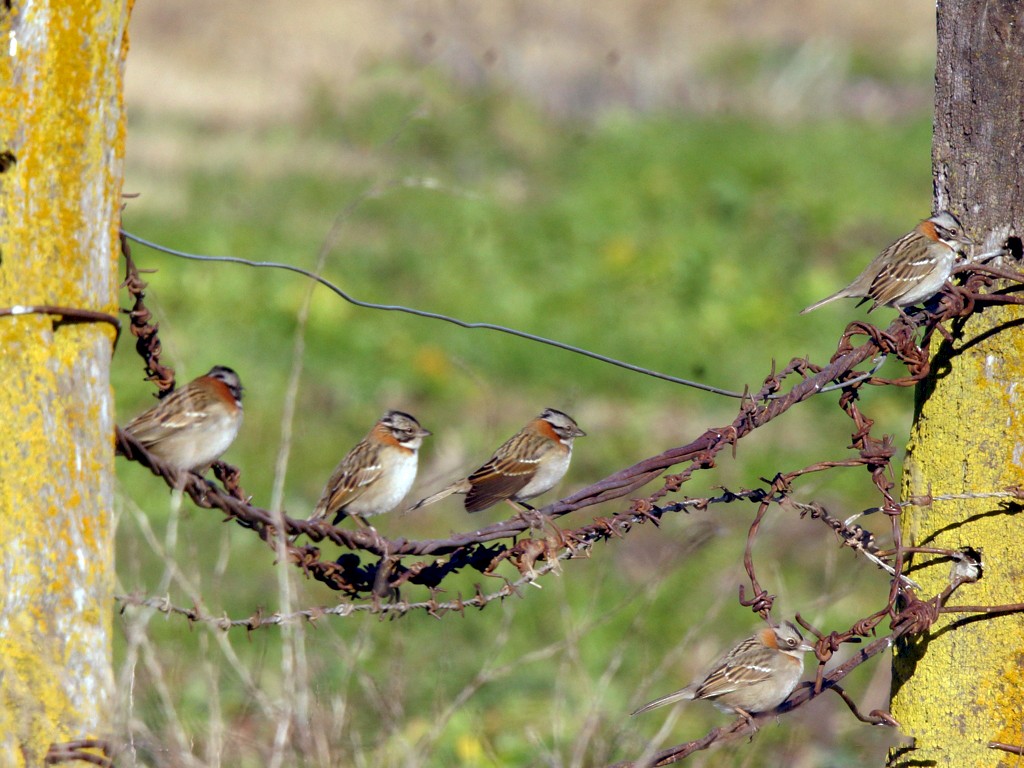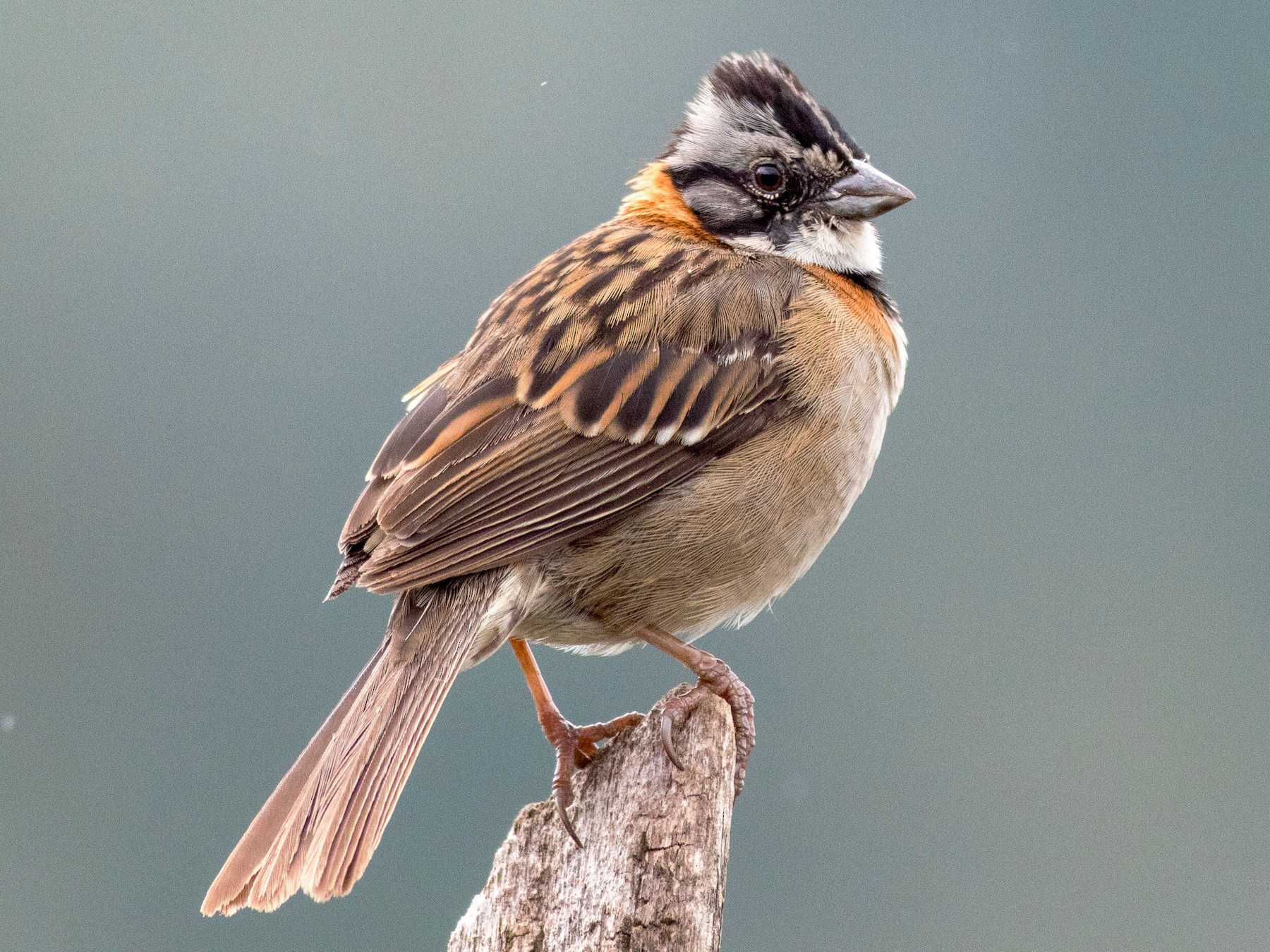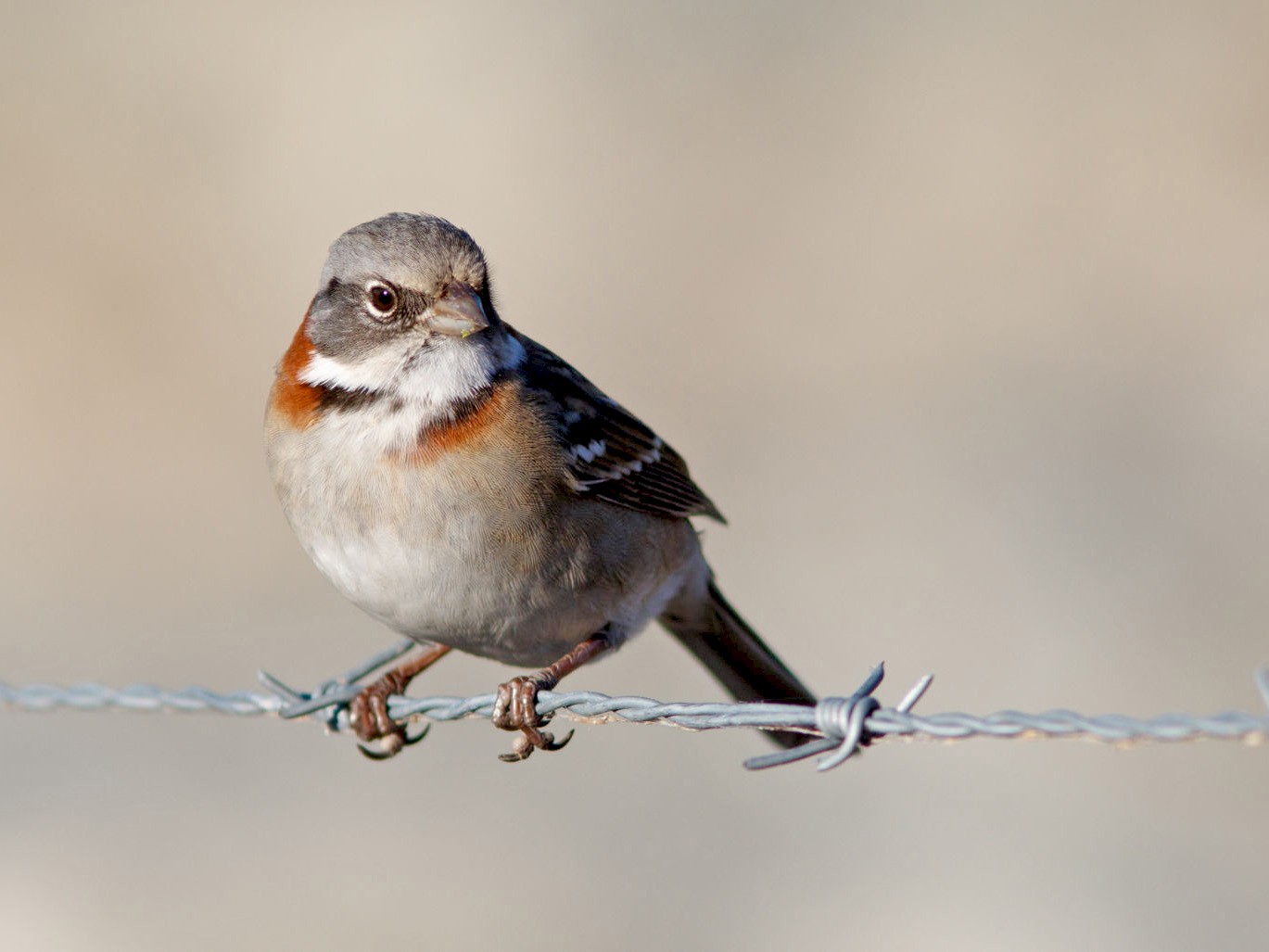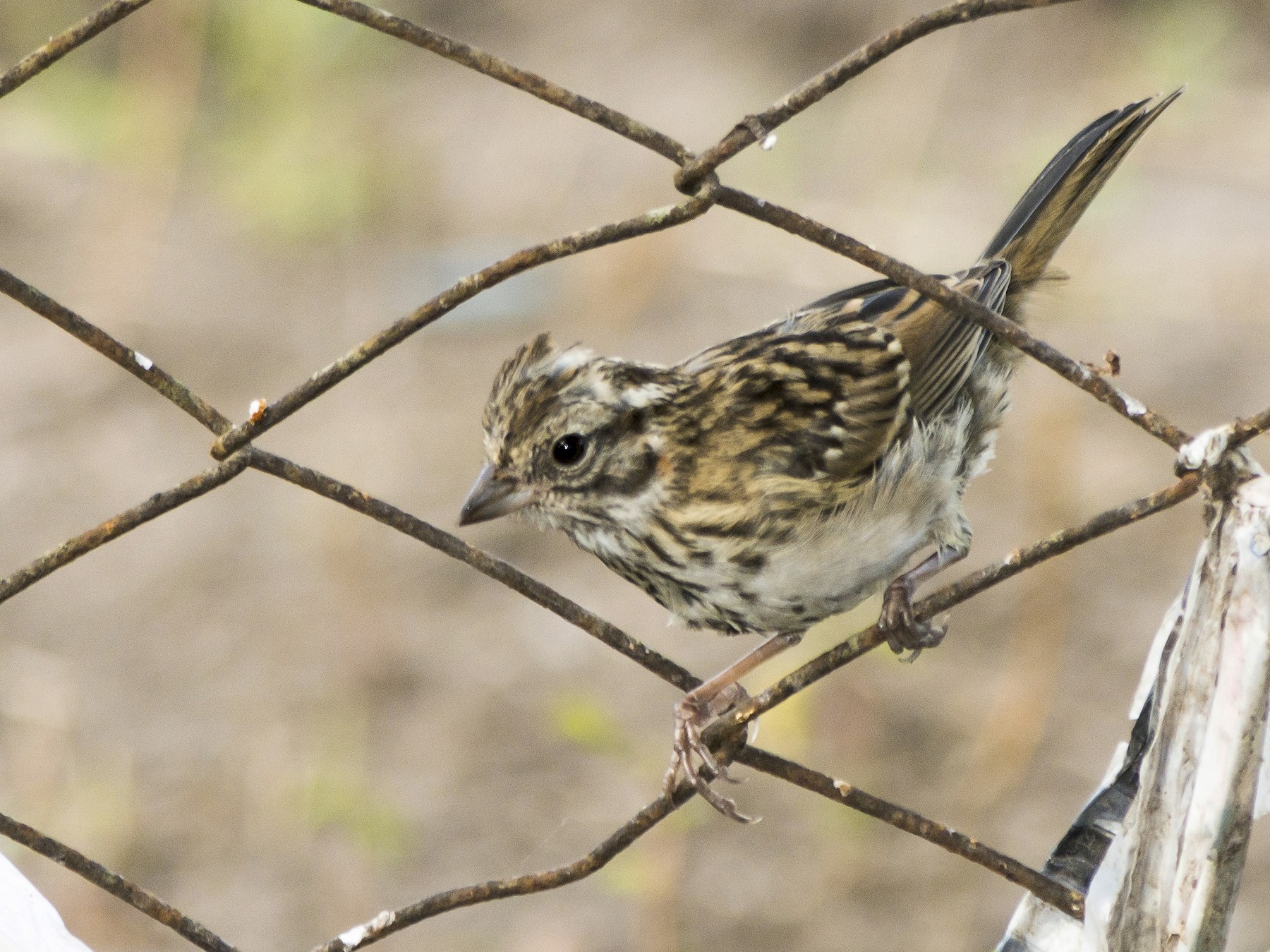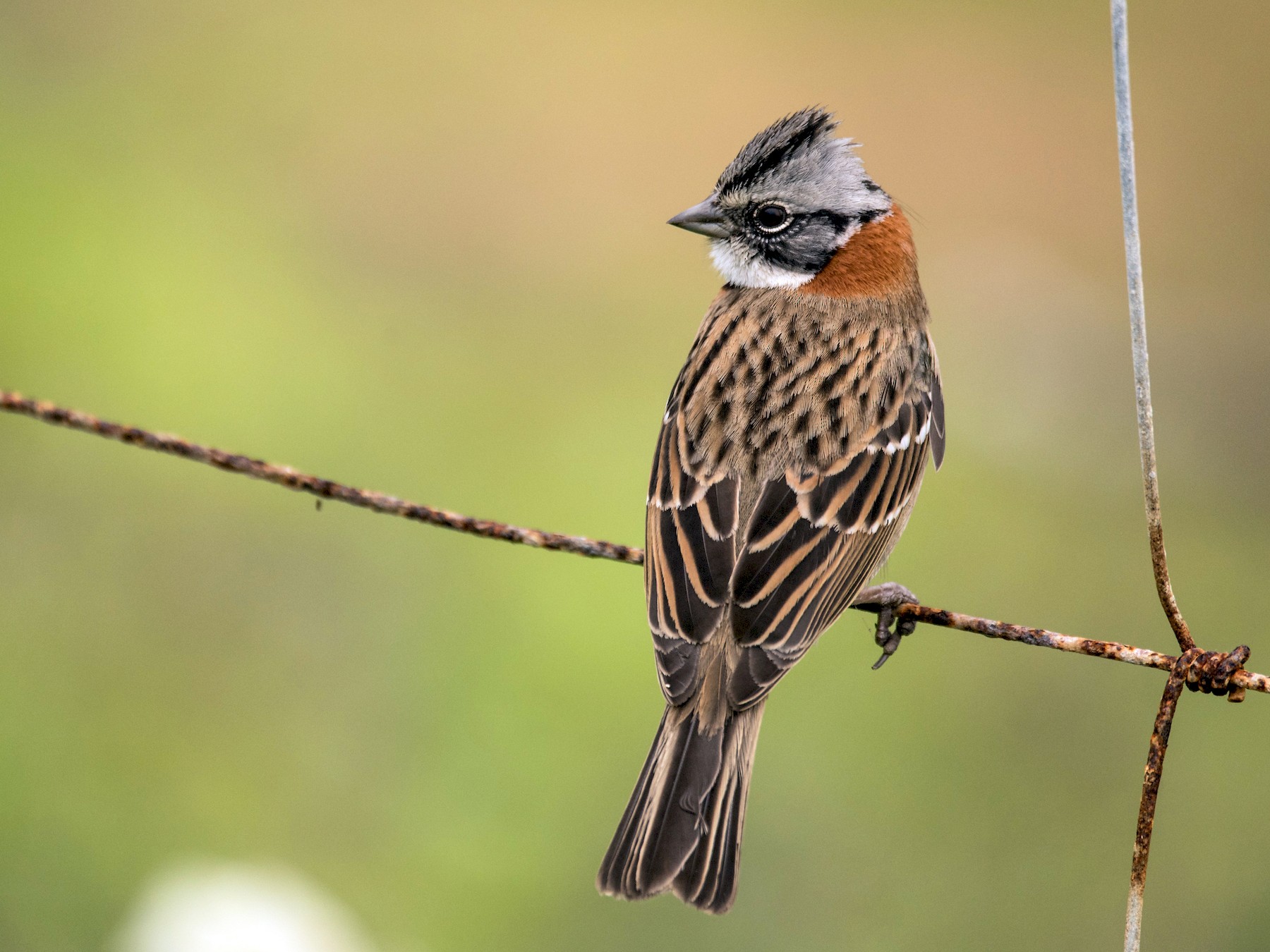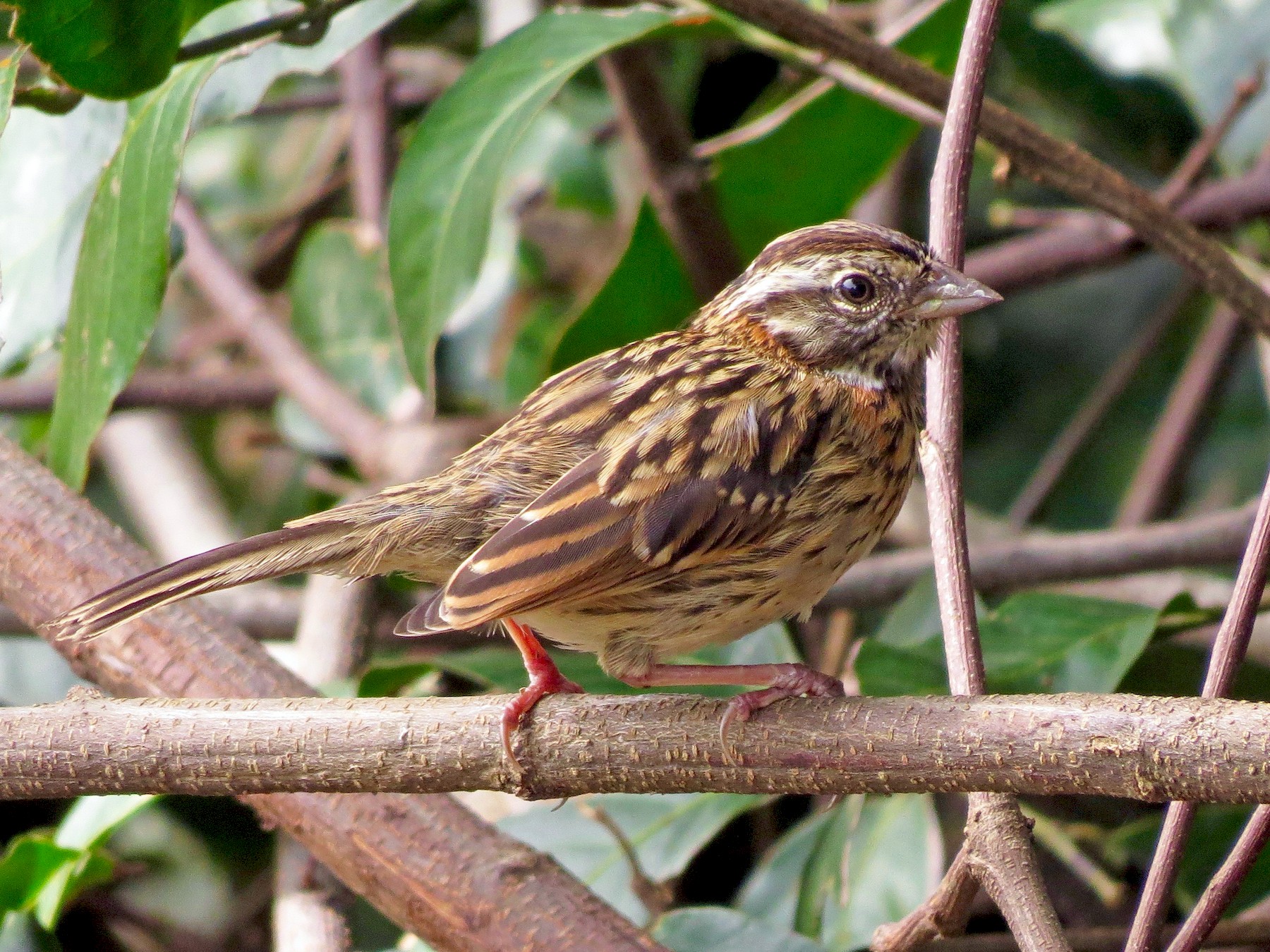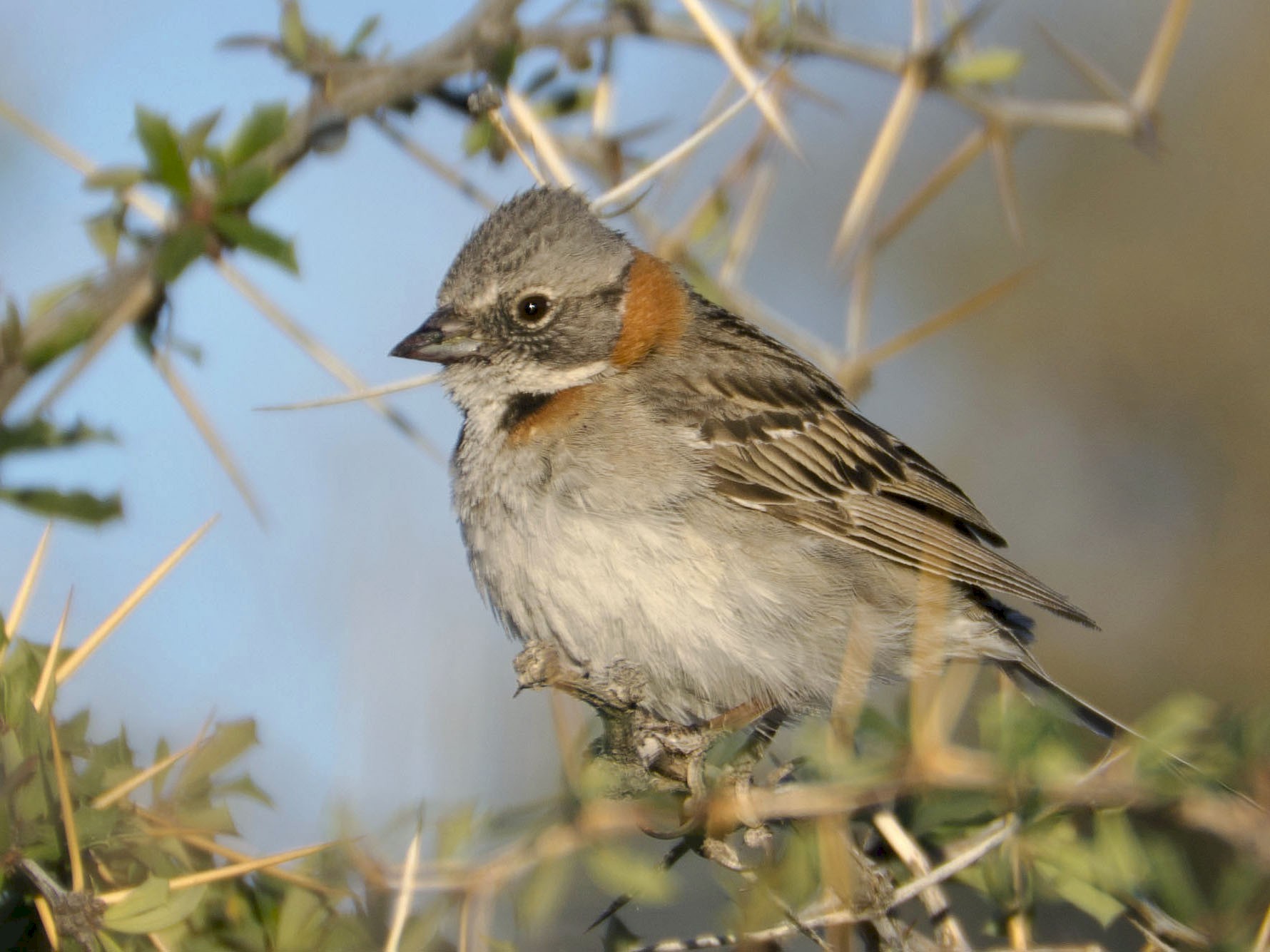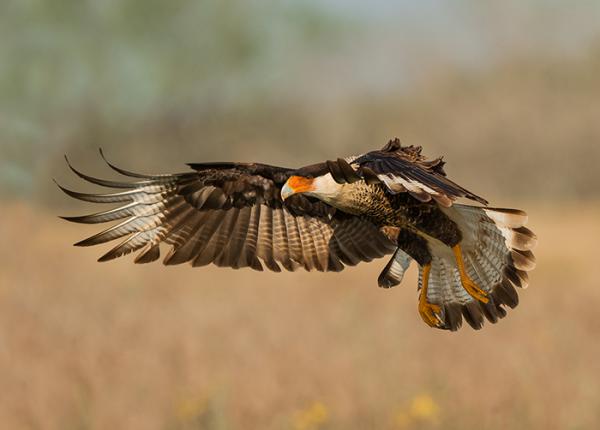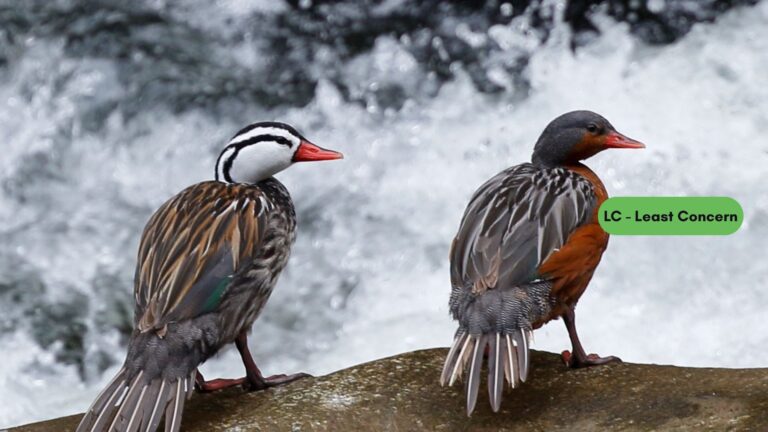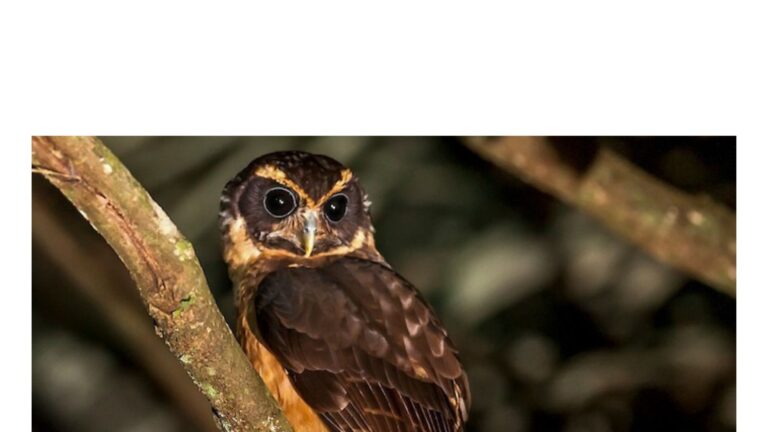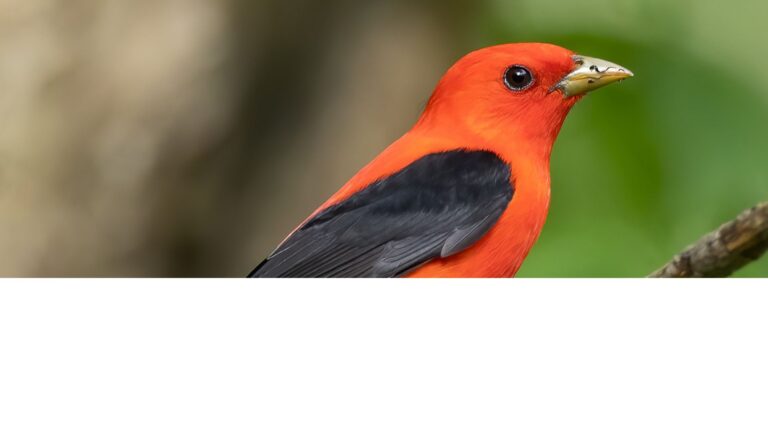Rufous-collared Sparrow: The Vibrant Songbird of South America
The Rufous-collared Sparrow, known scientifically as Zonotrichia capensis, is a charming bird found in various environments across South America. This sparrow is easily recognized by its distinctive rufous collar and adaptable nature, thriving in both urban and rural settings. Observing this bird can spark curiosity, as it offers insight into the resilience of wildlife amidst changing landscapes.
These sparrows prefer habitats with abundant vegetation, which provide cover and food. Their diet primarily consists of seeds, insects, and fruits, revealing their opportunistic foraging behaviors. The vocalizations of the Rufous-collared Sparrow add a delightful soundtrack to their surroundings, making them a favorite among birdwatchers and nature enthusiasts alike.
As one explores the world of the Rufous-collared Sparrow, they will discover its fascinating nesting habits and social behaviors. This bird serves as a reminder of how nature adapts and thrives in various conditions, allowing many to appreciate its beauty and significance to the ecosystem.
Key Takeaways
- The Rufous-collared Sparrow is identifiable by its rufous neck collar and size.
- It has a diverse diet consisting of seeds and insects found in various habitats.
- The bird’s songs and calls add beauty to its natural environment.
Description and Identification
The Rufous-collared Sparrow is a small bird recognized by its distinct coloration and features. Its physical traits and variations among subspecies are key for identification in the field.
Physical Characteristics
The Rufous-collared Sparrow measures about 16 to 18 centimeters in length. Its most notable feature is the rufous collar around its neck, providing a sharp contrast to its body.
The upper parts are generally brown with black stripes, while the underparts are lighter, often white or cream.
Additionally, the bird has a stout bill suitable for its diet, which mainly consists of seeds and insects.
Its head is marked by a distinctive pattern, with dark lines on the crown and face.
These features make it relatively easy to identify in its habitat across various regions of South America.
Subspecies Variation
The Rufous-collared Sparrow has several recognized subspecies, with variations in size and coloration based on their geographic location.
Some subspecies display deeper rufous colors or differing patterns in their stripes.
For instance, those found in the high Andes may appear slightly larger and with more vivid markings.
These distinctions are important for ornithologists studying the adaptations of the species to their specific environments.
Understanding these variations aids in proper identification and highlights the bird’s ecological diversity across regions.
Habitat and Distribution
The Rufous-collared Sparrow is found across a variety of regions in South America. Its distribution spans many countries, showcasing its adaptability to different habitats, primarily woodlands and open areas.
Range and Geography
The range of the Rufous-collared Sparrow extends from southern Mexico down to Tierra del Fuego in Argentina. It is commonly found in countries such as Ecuador, Colombia, and Costa Rica.
This species prefers elevations ranging from sea level to about 3,500 meters in the Andes mountains. The sparrow’s geographical distribution is often reflected in localized populations, which can be seen on detailed range maps that highlight its presence in diverse habitats across its territory.
Habitat Preferences
Rufous-collared Sparrows thrive in a variety of habitats. They prefer areas with open land surrounded by shrubs or light woodlands.
These birds are often found in agricultural fields, grasslands, and edges of forests. Their adaptability allows them to occupy disturbed areas as well. The complex structure of vegetation influences their abundance and distribution.
They are often seen foraging on the ground or perched on low vegetation, which offers them both feeding opportunities and protection from predators. The variability in habitat types—ranging from dense forests in Ecuador to more open areas in southern Mexico—demonstrates their resilience in different environments.
Diet and Foraging
The Rufous-collared Sparrow has specific feeding habits and foraging strategies that are influenced by its environment. Understanding these aspects is crucial for recognizing how this bird adapts to its habitat and survives.
Feeding Habits
The diet of the Rufous-collared Sparrow mainly consists of seeds, grains, and small fruits. They often forage on the ground, using their strong beaks to crack open seeds. This habit allows them to easily access food sources.
In addition to seeds, they may eat insects and other small invertebrates, particularly during the breeding season when they need more protein. Their feeding behaviors are adaptable and can change based on resource availability.
Research shows that these sparrows may prefer certain seeds over others, which can affect their health and reproductive success. They also use grit, small stones that help grind food in the digestive system, aiding in nutrient absorption.
Predation and Diet
Predation plays a significant role in shaping the foraging strategies of the Rufous-collared Sparrow. They are preyed upon by various birds of prey and mammals. As a result, their feeding times and locations often change to avoid these predators.
While foraging, they tend to stay in cover and are vigilant for potential threats. This cautious behavior affects their food choices, as they may select areas that provide both food and concealment.
The diversity in their diet can help them avoid competition with other birds and adapt to changing conditions. They rely on their understanding of the environment to make feeding decisions that enhance their chances of survival.
Breeding and Nesting
The Rufous-collared Sparrow has distinct behaviors and patterns during its breeding season. Understanding their mating behaviors, nesting practices, and egg characteristics is crucial to appreciating their reproductive cycle.
Mating Behaviors
Rufous-collared Sparrows engage in various mating rituals during the breeding season. Males establish territories through song and displays to attract females. These songs often consist of a series of clear, melodic notes that can resonate across their habitats.
Once a female shows interest, courtship displays include fluttering and bowing movements from the male. Pair bonds can form quickly, often resulting in breeding within a few days of initial contact. Mating generally occurs during the early morning or late afternoon when the birds are most active.
Nesting Patterns
Nesting for Rufous-collared Sparrows typically begins with the onset of the breeding season. They construct nests in dense vegetation, often in shrubs or low trees, which provide shelter and protection.
The nest itself is usually a cup shape made from grass, leaves, and other plant materials. Females are primarily responsible for building the nest, which can be completed in about 5-7 days. Nests are often well-hidden to protect against predators.
Egg Characteristics
The eggs of the Rufous-collared Sparrow exhibit noticeable traits. Typically, a clutch consists of 3 to 5 eggs that are smooth and glossy. The eggs are generally light blue to green in color, often with speckled brown markings.
Incubation lasts about 12 to 14 days, with the female primarily responsible for this task. After hatching, both parents contribute to feeding the chicks, ensuring they receive enough nourishment during their early days. This cooperative effort is essential for the survival of the young sparrows.
Vocalizations and Behavior
The Rufous-collared Sparrow is known for its varied vocalizations and distinct behaviors. Understanding these aspects provides insight into their communication methods and adaptation in different environments.
Bird Song and Communication
The primary vocalization of the Rufous-collared Sparrow is its song, which plays a key role in communication. Males typically sing to establish territory and attract mates. Their songs can vary in frequency and complexity based on habitat.
Research shows that urban birds may produce higher frequency songs to stand out against background noise. Juvenile birds learn these songs from adult males, adapting to local dialects. This learning process is crucial for their social integration.
Additionally, their calls serve as alarm signals. These calls alert other birds to the presence of predators, enhancing their survival. The variety in vocalizations showcases the Rufous-collared Sparrow’s adaptability across different environments.
Behavioral Traits
The Rufous-collared Sparrow exhibits several interesting behaviors. They are often seen foraging on the ground for seeds and insects. This behavior varies with seasons and migration patterns. During migration, they may gather in flocks, enhancing safety in numbers.
They establish clear hierarchies within these groups, which influence access to food and breeding opportunities. Males engage in displays, such as puffing up their feathers, to assert dominance.
This species is known for its tolerance of urban settings. They adjust their behavior based on human activity, showing significant flexibility. These traits help them thrive in changing environments, making them a resilient species.
Frequently Asked Questions
The Rufous-collared Sparrow is a fascinating bird with unique traits and behaviors. This section addresses common questions about its diet, habitats, and distinguishing features.
What is the typical diet of the Rufous-collared Sparrow?
The Rufous-collared Sparrow primarily feeds on seeds and grains. It enjoys various plants, including grasses and shrubs. In addition to seeds, it may also consume insects, especially during the breeding season for added protein.
How can you distinguish between the Rufous-collared Sparrow and the Chipping Sparrow?
The Rufous-collared Sparrow has a distinct rufous-colored collar across its neck. It also features a more robust body shape and a thicker bill compared to the Chipping Sparrow. The Chipping Sparrow, in contrast, has a more slender appearance and lacks the prominent collar.
What does the call or song of a Rufous-collared Sparrow sound like?
The Rufous-collared Sparrow produces a series of cheerful, musical notes. Its song often consists of clear, repetitive phrases, which can vary slightly between individuals. This makes it easily recognizable in its natural habitat.
Which habitats are most commonly associated with the Rufous-collared Sparrow?
These sparrows are typically found in a variety of open habitats. They thrive in grasslands, farmlands, and scrubby areas. Their adaptability allows them to live in urban environments as well.
What are some interesting facts about the Rufous-collared Sparrow’s behavior and lifestyle?
Rufous-collared Sparrows are social birds that often forage in small groups. They are known for their curious nature and may approach humans with caution. During breeding season, males establish territories and sing to attract females.
How does the female Rufous-collared Sparrow differ in appearance from the male?
The female Rufous-collared Sparrow is generally more subdued in coloration. She has a lighter, less vibrant rufous collar and a more muted overall plumage compared to the male. This difference helps with camouflage while nesting.

